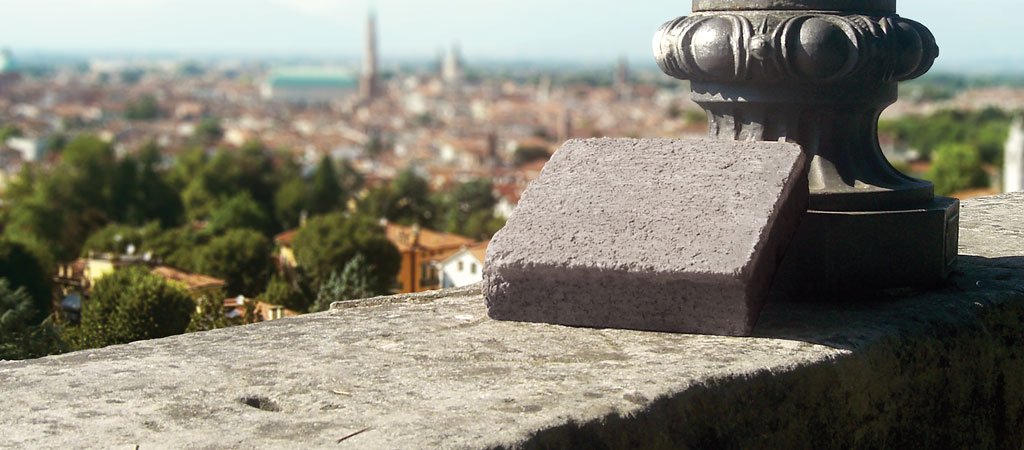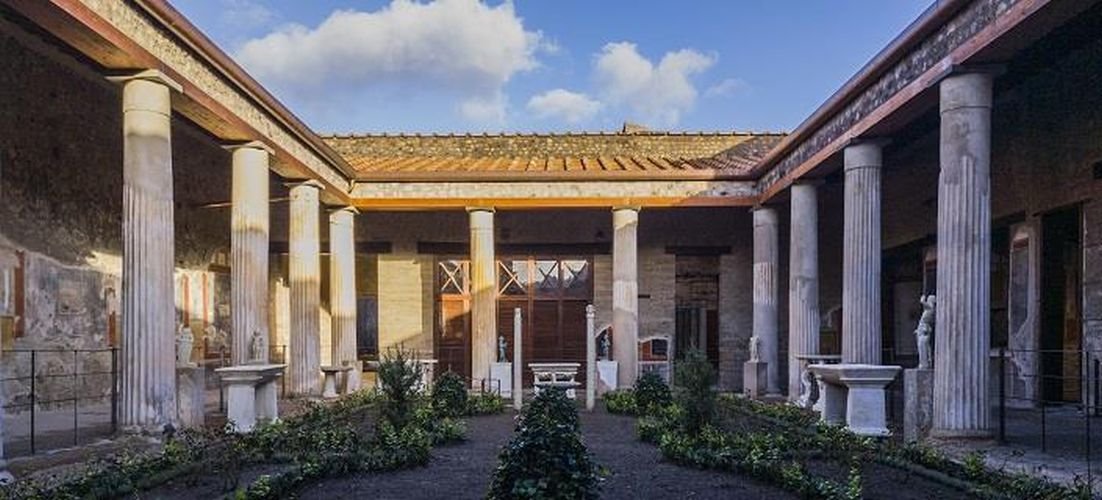Would you prefer to see solar panels on the Statue of Liberty, the Eiffel Tower, or the Grand Canyon? Obviously not. That would be absurd. However, many of these historic sites, particularly those in isolated settings, might benefit from some emissions-free solar electricity. Utility cables and towers are also unappealing.

Is there a way out of this bind? Yes, there is – Invisible Solar from Dyaqua, an Italian family-owned company.

The company creates solar panels that resemble natural materials. The Invisible Solar tiles are comprised of a polymer composition that allows sunlight to pass through.
Dyaqua solar cells are then manually inserted into it and coated with a polymer composite covering. These tiles can be given the look of stone, wood, concrete, brick etc. As a result, such a solution can be installed not only on roofs but also on walls and floors.
Unlike traditional solar panels, which are exterior elements, the Dyaqua system is made up of a suitable roofing material. Solutions like as Tegosolar and Invisible Solar tiles are critical for balancing sustainability with historical conservation, protection, and improvement.

One critical component is to view cultural landmarks, old structures, and historic cities as assets rather than hurdles to decreasing carbon emissions. The relevance of culture and heritage in sustainable development was formally acknowledged by the United Nations’ 2030 Agenda, which was approved in 2015.

Following the success of Dyaqua’s architectural soar panels in Pompeii, solar panels that resemble ancient building materials are being evaluated for use in other historic towns around Europe, including Bari in Italy, Ioannina in Greece, Granada in Spain, Celje in Slovenia, Hvidovre in Denmark, and Újpest in Hungary.
Reference- Clean Technica, Dyaqua website & PR, Interesting Engineering, Futurism






